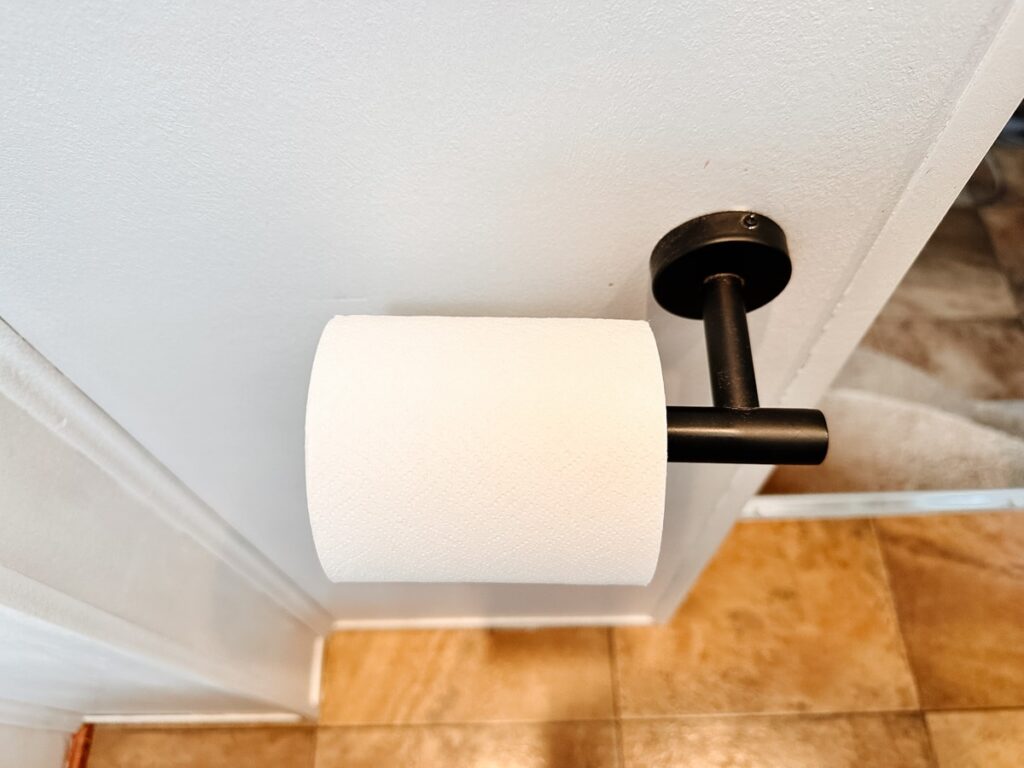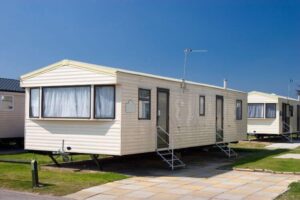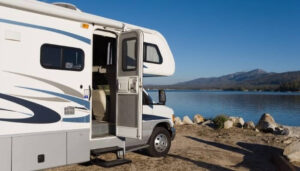Introduction
Caravan holidays offer a unique opportunity to explore the great outdoors and take a break from the daily grind. They provide a sense of freedom, allowing travelers to set their own pace and choose their destinations. However, with all the joys of caravaning comes the less glamorous aspect: dealing with toilet waste. For many caravan owners, the question arises: “Can I empty my caravan toilet at home?” This is a valid concern, especially for those who want to avoid the hassle of finding designated waste disposal areas during their travels.
The possibility of emptying a caravan toilet at home brings both convenience and challenges. While it offers the comfort of managing waste in a familiar environment, it also requires knowledge of safe and responsible disposal methods. This ensures that the environment is protected, and any potential health risks are mitigated.
Understanding the Caravan Toilet System
Caravan toilets, commonly referred to as cassette toilets, are a staple in most caravans and campervans. They are designed to offer a hygienic and convenient solution for waste disposal while on the move. The basic components of a caravan toilet system include the toilet bowl (where one sits), the flush tank (which stores clean water for flushing), the waste cassette (where waste is stored post-flushing), the cassette hatch (for inserting and removing the waste cassette), and a ventilation system to prevent odors from escaping.
The functioning of a caravan toilet system is straightforward. When the toilet is used, a button is pressed or a lever is pulled to release water from the flush tank, washing away the waste into the waste cassette situated below. Once the cassette is full, it needs to be emptied, typically at a designated waste disposal area. The ventilation system plays a pivotal role in maintaining hygiene by ensuring the waste cassette is well-ventilated, thus preventing the accumulation of unpleasant odors.

The Role of Chemicals in Caravan Toilets
Chemicals are integral to the efficient operation of caravan toilets. They serve multiple purposes, including breaking down waste, controlling odors, and reducing gas build-up. There are various types of chemicals used, each with its unique properties. Pink chemicals, the most common type, contain formaldehyde, a potent disinfectant that kills bacteria and other harmful organisms. Green chemicals, on the other hand, are environmentally friendly alternatives that use enzymes for waste breakdown. Lastly, blue chemicals are primarily used to mask waste odors with a pleasant fragrance.
Using these chemicals is a straightforward process. They are added to the waste tank, with the quantity depending on the tank’s size and the number of users. It’s crucial to use the right amount, as an imbalance can lead to issues like unpleasant odors or even damage to the toilet’s components. When disposing of these chemicals, it’s essential to follow the manufacturer’s instructions, ensuring they are emptied at designated chemical waste disposal points and not into regular drains.
Procedure to Empty a Caravan Toilet at Home
For caravan owners without easy access to a dump station or chemical disposal point, emptying the toilet at home can be a viable option. However, it’s essential to follow a specific procedure to prevent messes or potential damage. The process begins by accessing the waste container or cassette, typically located under a seat or inside a cupboard. Safety is paramount, so wearing gloves and a face mask is recommended.
To empty a cassette toilet, the waste container is removed and taken outside to a suitable disposal location, such as a designated dump point, chemical disposal area, or even a regular toilet. The contents are then emptied, and the container is thoroughly rinsed with water. For those with composting toilets, the procedure varies slightly, with the contents being emptied into a compost bin or designated dump point.

Dealing with Waste
Managing waste is a critical aspect of emptying a caravan toilet. The waste is stored in a holding tank, which requires periodic emptying. Caravan toilets are specifically designed to handle human waste, and it’s crucial to dispose of it correctly. This means emptying the holding tank at designated waste disposal points and adhering to local regulations.
Some caravans come equipped with a separate waste tank for grey water, which collects wastewater from sinks and showers. This tank also needs regular emptying. Additionally, there’s the waste holding tank, essentially the same as the holding tank, which stores waste and needs frequent emptying to prevent odors and blockages. Some caravan sites might offer a septic tank for waste disposal, and users must adhere to the site’s guidelines when using such facilities.
Toilet Paper and Other Materials
When emptying a caravan toilet at home, it’s essential to understand which materials can be safely disposed of and which ones can potentially harm the system. Regular toilet paper is generally acceptable for use in caravan toilets. However, it might take longer to disintegrate compared to specialized caravan toilet paper. If using standard toilet paper, it’s advised to use it sparingly to prevent potential clogs.
Other paper products, like newspapers and tissue paper, might seem harmless, but they should be avoided as they don’t dissolve easily in water and can lead to blockages. Disposable nappies are a definite no-no for caravan toilets. They don’t break down in water and can cause significant blockages. Similarly, packaging materials like plastic wrap and cardboard should never be introduced into the system. They can lead to severe blockages and are not designed to disintegrate in water. Proper disposal in a bin is the best approach for such materials.

Flushing and Cleaning the Caravan Toilet
Maintaining the hygiene and functionality of a caravan toilet requires regular flushing and cleaning. Flushing the toilet is a straightforward process. Most caravan toilets come equipped with a flush button or lever. A short, efficient flush often proves more effective than a prolonged one and conserves water. For those without an attached sprayer, using a small plastic cup to pour water around the toilet bowl during flushing can be an effective method.
Cleaning the caravan toilet is pivotal for its longevity and for ensuring a hygienic environment. Using a non-abrasive brush or sponge is recommended for cleaning the toilet bowl, seat, and lid. It’s essential to use cleaning solutions specifically designed for caravan toilets, as harsh chemicals can damage the toilet’s seals and components. Regularly emptying the flush tank can prevent bacterial growth and odors. A mixture of water and Thetford Aqua Rinse in a spray bottle can be used for cleaning after each use, conserving water and preventing the toilet from filling up too quickly.

Conclusion
Caravan holidays offer an unparalleled sense of freedom and adventure, allowing travelers to immerse themselves in nature and explore new horizons. However, with the joys of the open road come the responsibilities of maintaining and managing a mobile home, particularly when it comes to waste management. Properly understanding and maintaining the caravan toilet system is crucial for a hassle-free journey. From the intricacies of the toilet system to the chemicals that aid in waste breakdown, every detail matters. Furthermore, the correct disposal of waste, whether at designated points or at home, is not just about convenience but also about environmental responsibility. It’s essential to be informed about what materials can be safely disposed of in the system to prevent damage and ensure longevity. Regular cleaning and maintenance will not only ensure the system’s efficient functioning but also provide a hygienic environment for travelers. In essence, while the caravan offers a ticket to freedom, it’s the diligence in its upkeep that ensures the journey remains smooth and enjoyable.



